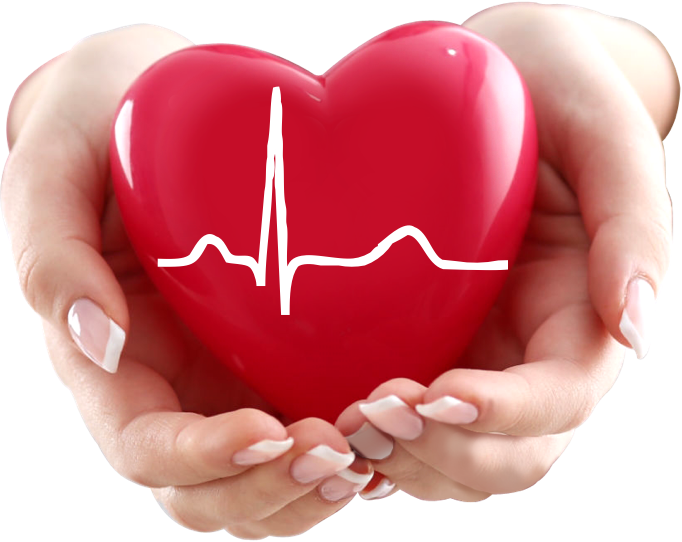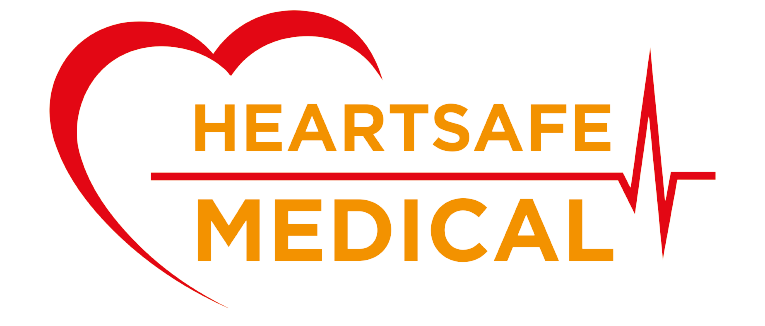




Defibrillator Discounts in April
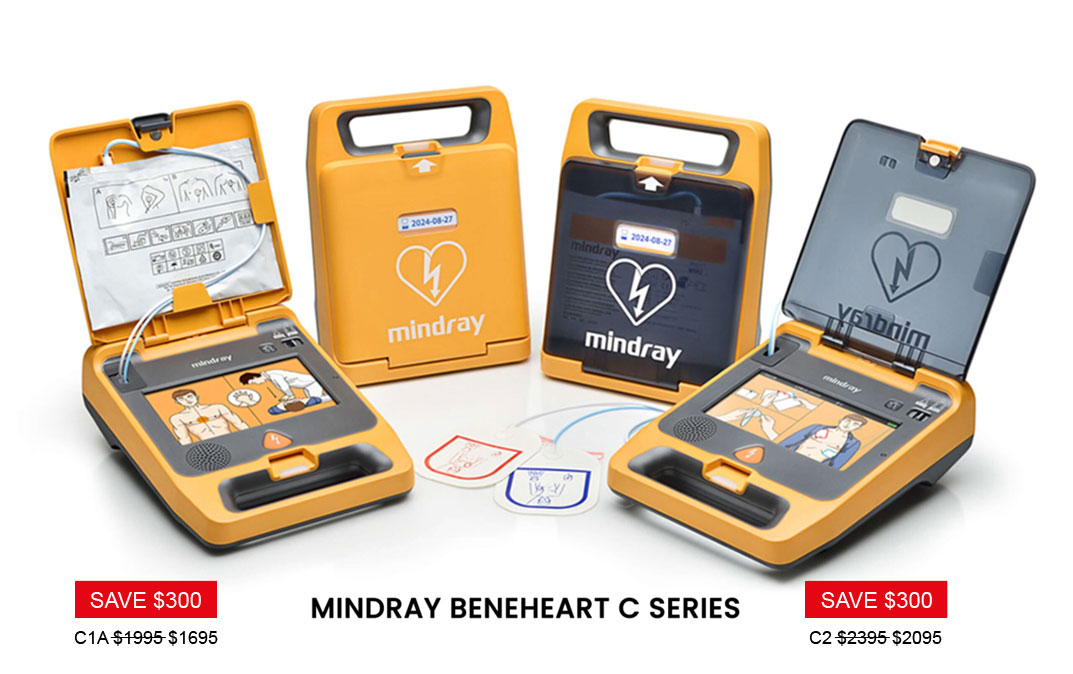
BeneHeart C Series knows what a first-time rescuer needs. That’s why it offers intelligent ResQNavi technology to provide guidance for every step of the rescue, with animated voice and visual step by step instruction through to procedure.


Key Features

7-inch colour LCD screen (C2 Model)

Turns on automatically when opened

Adult/child mode using the same electrode pad

Choice of 3 languages selection

Semi OR fully -automatic

Long-life pads / battery (5 years)
BeneHeart C2 is equipped with our new QShockTM technology. With the QShockTM, BeneHeart C2 is able to increase the chance of a successful defibrillation.
It only takes less than 8 seconds to deliver the first shock @ 200 Joules


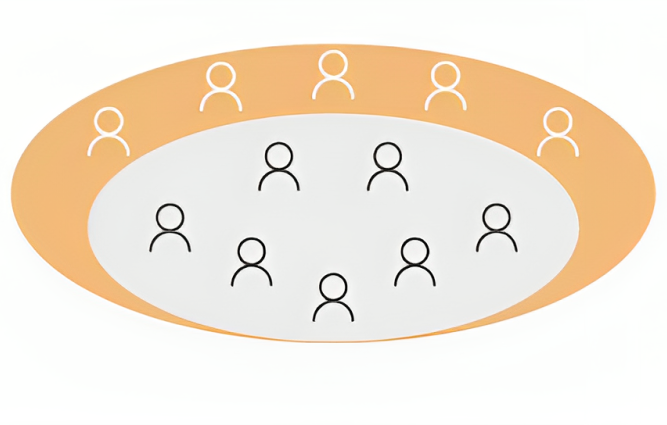
but does not work for everyone.
360J works while 200J failed.
Mindray is one of the leading global providers of medical device products and solutions. Firmly committed to their mission of “sharing medical technologies with the world”, Mindray has committed to develop their world class range of automatic external defibrillators (AEDs) to the Australian market. Heartsafe Medical and it’s group have been the leaders of innovation in public access defibrillation solutions and supporting response systems in Australia for almost 20 years. Our warehouse with current stock is located in Sydney and we are able to provide a whole range of cost effective solutions to all our clients whether it’s a simple AED to a ‘CONNECTED’ network of AEDs that monitor a fleet of AEDs anywhere.
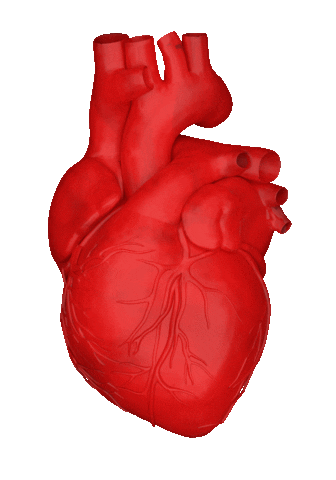
OUR RANGE OF MINDRAY BENEHEART DEFIBRILLATORS
New Mindray BeneHeart C1A and C2 Series Semi & Fully Automatic Defibrillators

In a perfect world everyone should have CPR and AED training, however modern AEDs are designed to be used by any motivated bystander, regardless of training. The devices advise the user about how to apply the device and whether or not to administer a shock. Most of the time, the AED will advise the user with voice prompts to administer CPR, depending on the needs of the victim, however all AED’s supplied by Australian Defibrillators have a voice coach to instruct you during these vital minutes.
From the time that the event occurs to the time that medical help arrives is critical. The instructions from the AED are keeping you productive and giving the patient the very best chance of survival until help, which is on the way, has arrived. The national average response time for an ambulance in Australia is 10-12 minutes and even longer in rural or remote areas. This is the critical time when defibrillation is needed for the patient to survive.
Just as seat belts or airbags do not save every life in a traffic accident, an AED defibrillator will not save every person who suffers a Sudden Cardiac Arrest (SCA) however many lives could be saved if more people had access to an Automatic External Defibrillator (AED).
The sudden cardiac arrest victim collapses, losing their pulse, consciousness, and the ability to breathe. All of this happens quickly and without treatment the victim will be dead within a few minutes. What is the difference between a heart attack and a Sudden Cardiac Arrest (SCA)?
Basically a heart attack is a plumbing problem and a Sudden Cardiac Arrest (SCA) is an electrical problem. The heart has many vessels and can operate when some are blocked but a Sudden Cardiac Arrest in like a complete electrical blackout.
